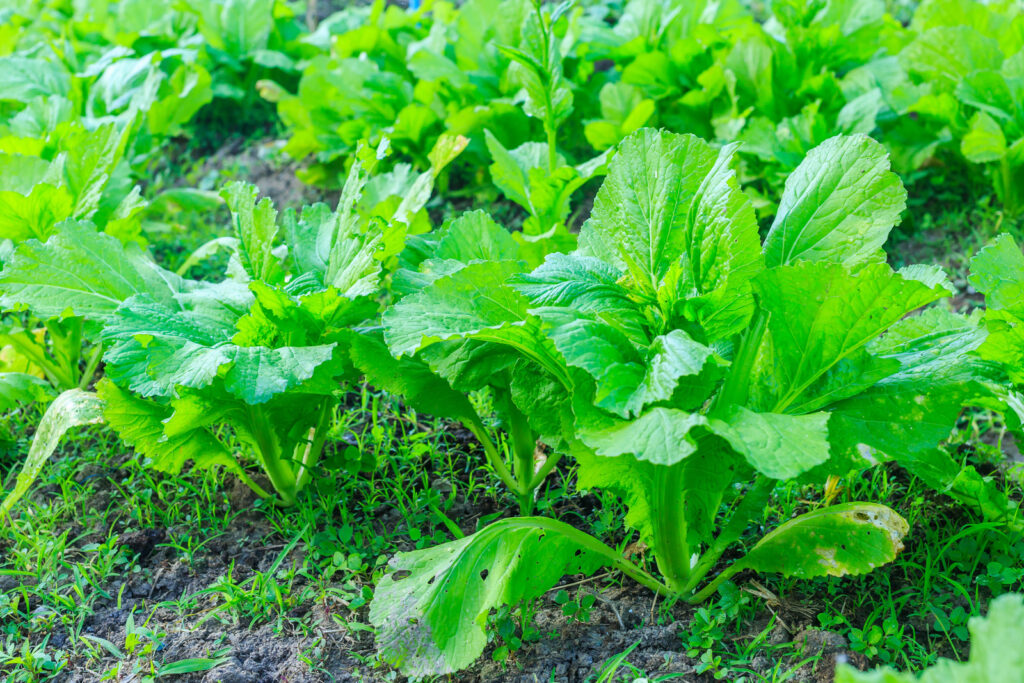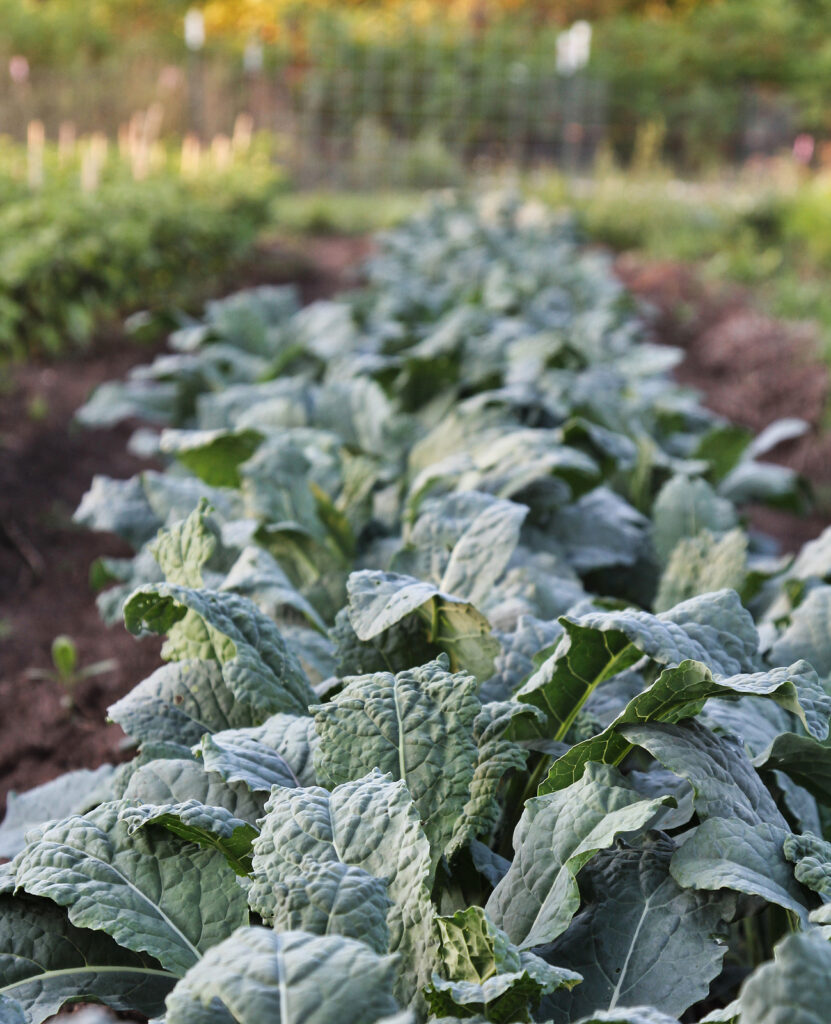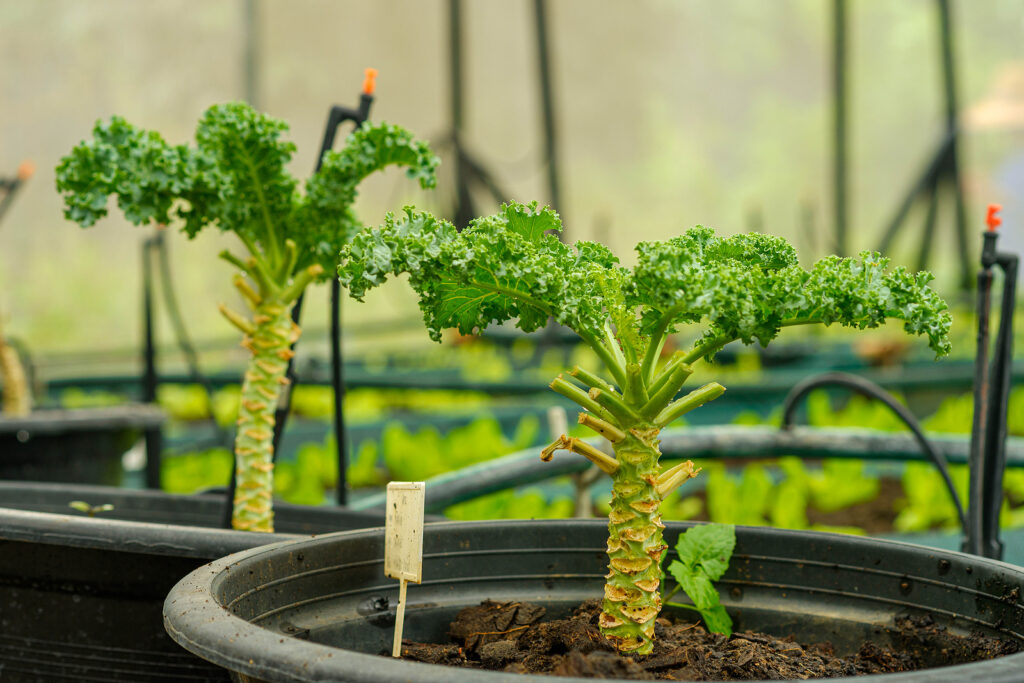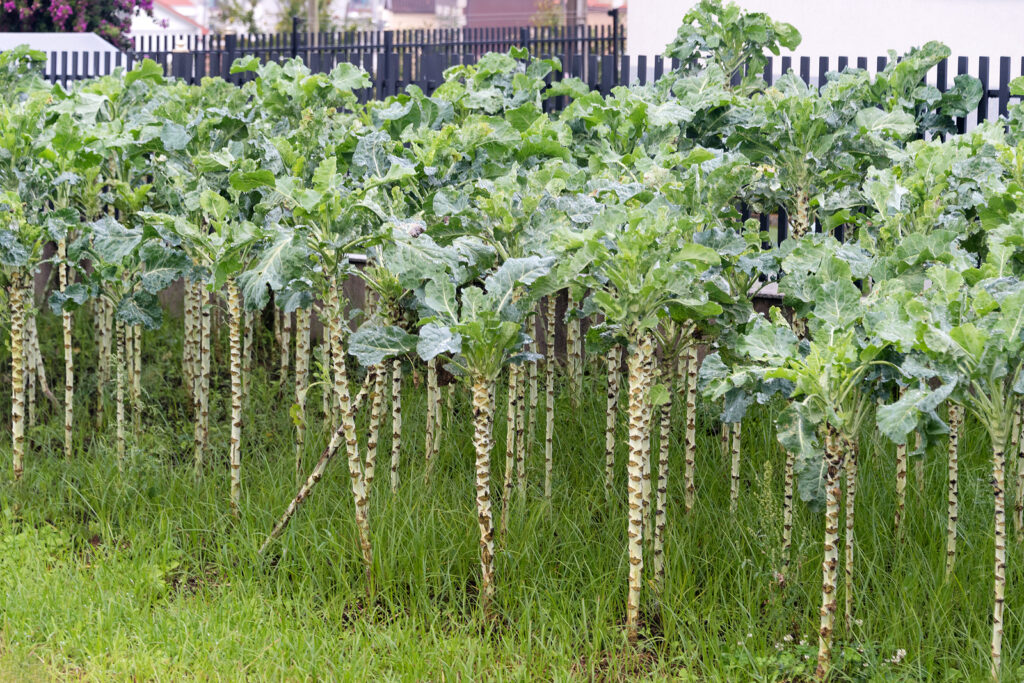Kale is a hardy biennial plant grown as an annual. The leaves of kale are similar to cabbage. Scotch kale has crumpled and curly gray-green leaves. Siberian or blue kale is less curly and a bluer shade of green.
Kale botanical name. Brassica oleracea acephala; kale belongs to the cabbage family, Cruciferae.
Kale planting time
Kale is a cool-weather crop that can tolerate temperatures as low as 20°F. Kale does not tolerate heat. Direct seed or transplant kale so that it comes to harvest before day time temperatures exceed 80°F. Kale is commonly started indoors and transplanted into the garden when seedlings are 4 to 6 weeks old. In cool-summer regions, plant kale in early spring for a summer to early fall harvest. In warm- and hot-summer regions, plant kale in late summer for harvest in late fall or winter. In mild-winter regions, kale can be sown in fall for winter harvest. Kale requires two months of cool weather to reach harvest.

Where to plant kale
Kale prefers compost -rich, well-drained soil with a soil pH between 5.5 and 6.8. Plant kale in full sun; plant kale in partial shade in warm regions. For optimal flavor, grow kale in cool weather.
Planting and spacing kale
Sow kale seed ½ inch deep spaced 3 inches apart; thin plants to 12 inches apart when they are 4 to 5 inches tall. Space rows 18 to 24 inches apart. Set transplants with crooked stems up to the first leaves.
Yield. Plant 4 to 5 plants per household member.

Kale watering, feeding, and care
Keep kale well-watered for sustained growth and to keep leaves from getting too tough. Add aged-compost to planting beds in advance of planting. Sidedress kale with aged compost every 6 weeks. Mound straw around kale once it is 6 inches high to prevent plants from touching the soil; soil easily sticks to kale’s often crinkled leaves.

Container growing kale
Kale will grow in a 6-inch container. Plant kale on 8-inch centers in large containers. Move kale grown in containers into cool shade when the weather warms to extend the season.
Kale pests and diseases
Kale can be attacked by cutworms, cabbage loopers, and imported cabbage worms. Control these pests by hand picking or spry with Bacillus thuringiensis. Kale has no serious disease problems.

Harvesting and storing kale
Kale will be ready for harvest 55 days from transplanting, 70 to 80 days from seed. Cut individual leaves for use when the plant is 8 to 10 inches high; cut the outside leaves first. If you harvest the entire plant, cut 2 inches above the soil and the plant will sprout new leaves in 1 to 2 weeks. Harvest kale before it gets old and tough. Leave kale in the garden until you are ready to use it. Its flavor will be sweetened by frost. Kale will keep in the refrigerator for 1 to 2 weeks in a plastic bag. Kale can also be frozen, canned, or dried.
Kale varieties to grow
Open-pollinated varieties include: Blue Curled Scotch, Casper, Improved Dwarf Siberian, Nero di Toscana, Red Ruffled, Russian Red. Hybrid: Blue Knight, Winterbor.
Related articles:














